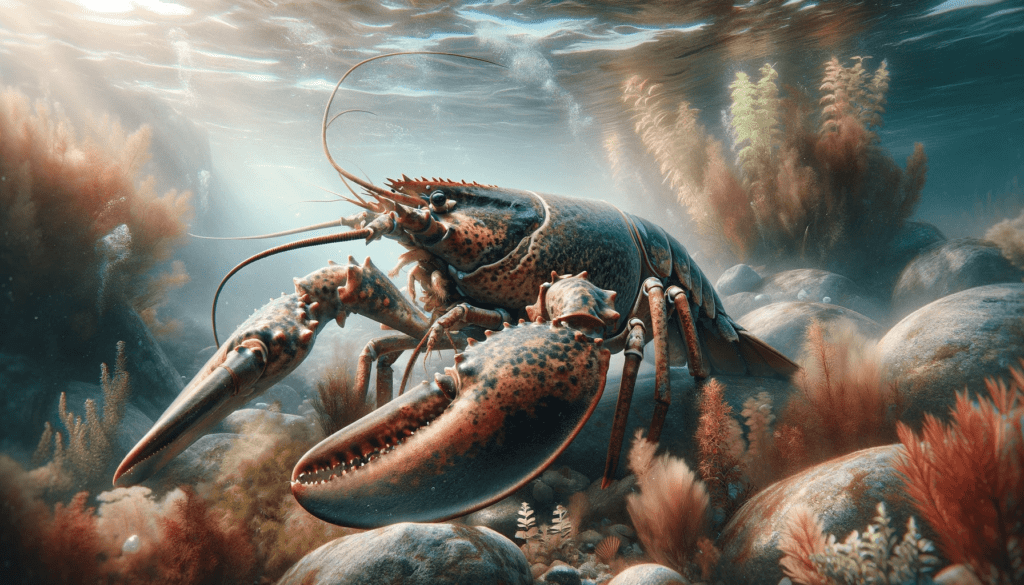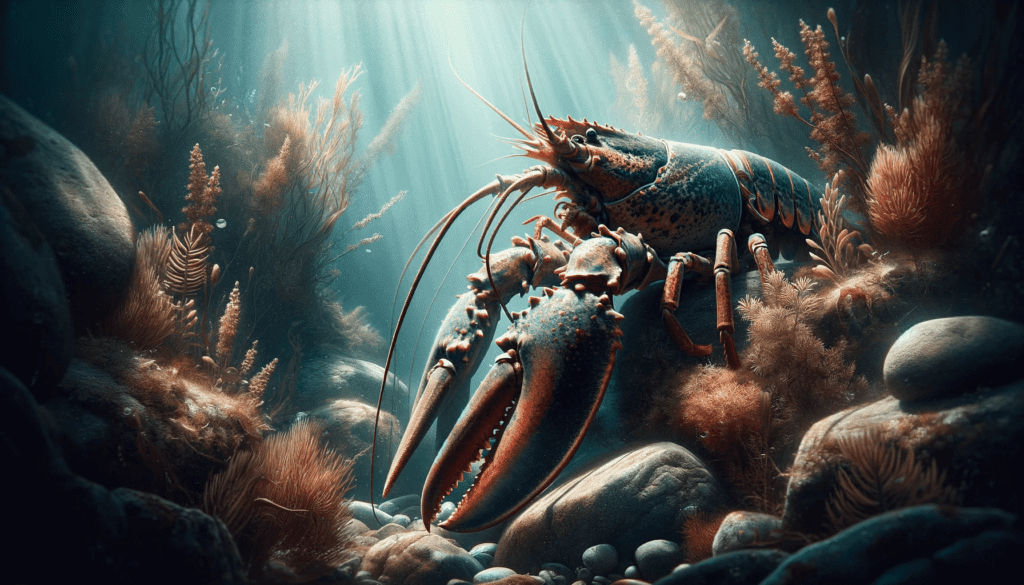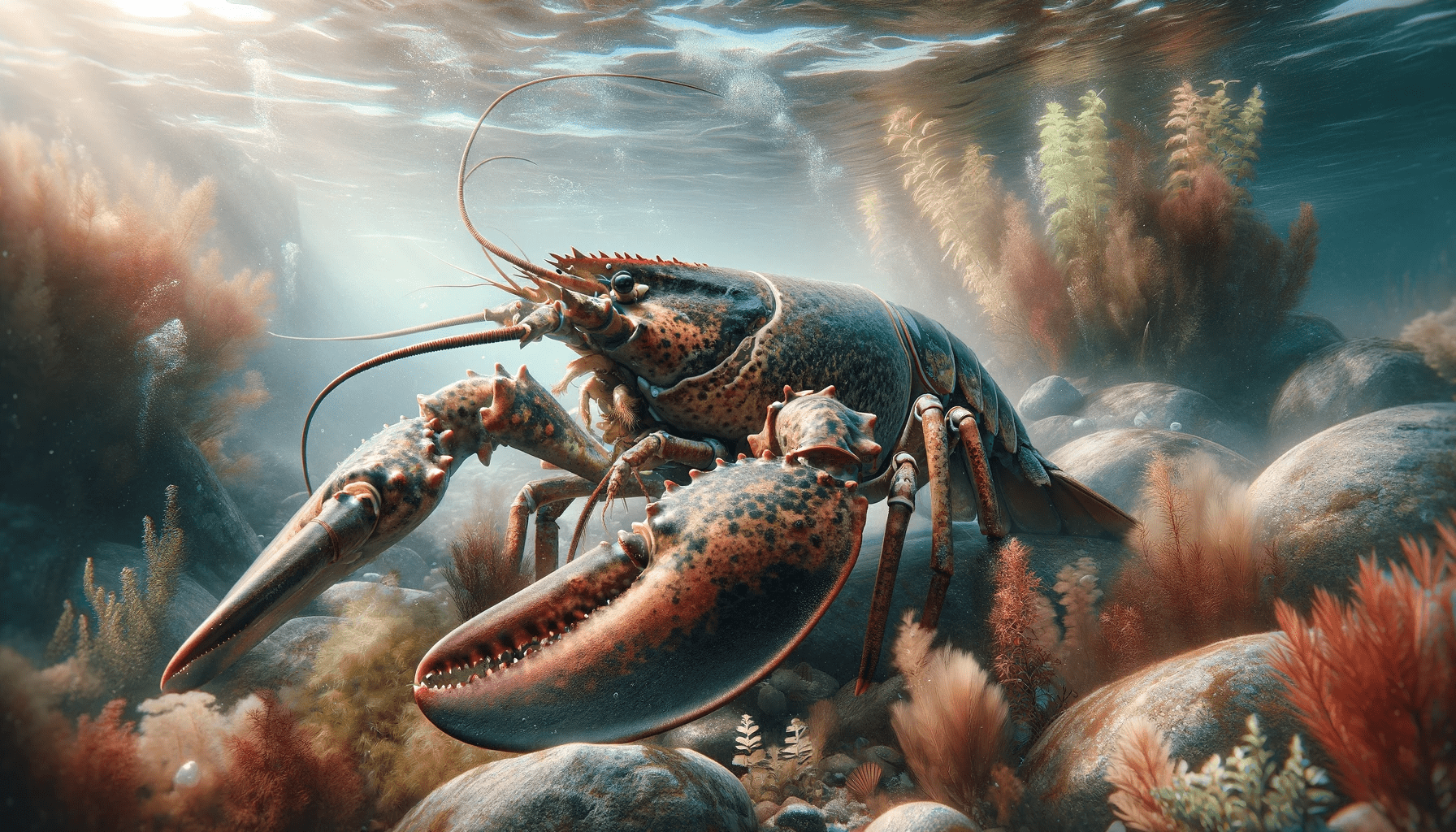The Fascinating Origins and Variety of Lobsters: A Dive into Their World
Introduction
Lobsters are among the most intriguing creatures inhabiting our oceans and waters. With their scissors, striped armor and elongated body, they have a unique appearance. But how did these creatures ever arise? Where do they live? And how many different types of lobsters exist? In this blog, we dive deeper into the world of lobsters and discover their origins, their habitats and the rich diversity they represent.
Origin of lobsters
The origin of lobsters is deeply rooted in the evolutionary history of our planet. They belong to the crustacean family and share a common ancestor with crabs and shrimp. Lobsters evolved about 350 million years ago, during the Devonian era. Originally inhabiting shallow marine environments, they have adapted over time to a variety of habitats, including saltwater lakes, rivers and even aquariums.
Habitats of lobsters
Lobsters are found in different parts of the world, ranging from tropical coral reefs to cold, northern waters. They are found in the Atlantic, Pacific, Mediterranean and Caribbean oceans. These fascinating creatures often inhabit rocky bottoms, coral reefs, sandy coastal areas and even muddy bottoms. Their environment plays a crucial role in their reproduction, feeding and survival.
Diversity of lobsters
There are numerous species of lobsters, each with unique characteristics and adaptations to their specific habitats. Here are some of the most notable lobster species:
- European lobster (Homarus gammarus): This species is widespread in the North Atlantic and is known for its bluish coloration and large claws. They are considered a delicacy and are widely used in gastronomy.
- Red king crab (Paralithodes camtschaticus): Originally from the northern Pacific Ocean, this crustacean species is known for its impressive size and long legs. They are widely caught for their tasty meat.
- Spiny lobster (Panulirus argus): Found in the warm waters of the Caribbean, this lobster species has distinctive spines on its armor. They often hide in rocky crevices and are popular targets for divers.
- Hermit crab (Paguroidea): Unlike other crustaceans, hermit crabs have a soft abdomen that they protect by carrying shells from other marine animals. They are found in oceans around the world and are often kept as pets in aquariums.
- Mantis shrimp (Stomatopoda): Although not technically a lobster, the mantis shrimp is worth mentioning because of its unique appearance and aggressive nature. They have claws that move fast enough to make the air boil and are known for their devastating hunting skills.
Conclusion
Lobsters are fascinating creatures that continue to amaze us with their diversity and adaptability. Their origins go back millions of years, and they have spread to different waters around the world. Their unique characteristics and habitats make them an important part of the biodiversity of our oceans.
The Impact of Lobster Trapping: How Many Lobsters Are Caught Per Year?
Introduction
After exploring the fascinating origins, variety and habitats of lobsters, it’s time to examine another important factor: the impact of lobster fishing. Lobsters are not only loved for their tasty meat, but are also an important economic sector for many countries. In this follow-up to our earlier blog, we dive deeper into the world of lobster fishing and explore how many lobsters are caught each year, the effects of overfishing and sustainable management measures.
Amount of lobsters caught per year
The amount of lobsters caught each year worldwide is impressive. Although the exact number varies from year to year and depends on several factors, we can get a general idea of the size of the lobster catch.
The main regions where lobsters are caught include the Atlantic, Pacific, Mediterranean and Caribbean. In these areas, commercial fisheries and the fishing industry play a crucial role in meeting the global demand for lobster meat.
One of the most sought-after species is the European lobster (Homarus gammarus), which is caught mainly in the waters of the North Atlantic. According to United Nations Food and Agriculture Organization (FAO) estimates, the global catch of European lobster in recent years was about 16,000 to 18,000 tons per year.
In addition, the capture of the red king crab (Paralithodes camtschaticus) is an important activity in the North Pacific. This species is known for its tasty meat and impressive size. The catch of red king crab varies greatly from year to year, but in some years can reach several thousand tons.
In addition to these specific species, other lobster species are also caught, such as the spiny lobster (Panulirus argus) in the Caribbean and several species of langoustine in Europe. Although exact figures are difficult to determine, these catches contribute to the total annual lobster catch.
Consequences of overfishing
The increasing demand for lobsters has led to overfishing in some areas, with negative consequences for the populations and ecosystems in which they live. Overfishing can lead to a decline in lobster populations, changes in the food web and disturbance of the marine ecosystem as a whole.
Therefore, it is essential to implement sustainable management measures to protect lobster populations and ensure healthy and resilient populations for future generations. This includes establishing seasonal fishing periods, limiting fishing quotas, protecting reproductive areas and enforcing measures against illegal, unreported and unregulated (IUU) fishing.
Sustainable management measures
To protect lobster populations in the long term, many countries and regions have taken measures to ensure sustainable management of fisheries. These measures include implementing catch limits, setting minimum catch sizes, establishing catch quotas and promoting selective fishing methods.
In addition, fisheries management organizations and scientists are working together to collect data on lobster populations, their distribution and the ecology of the species. This helps assess population health and identify potential threats.
Consumers can also contribute to sustainable lobster by choosing lobster with a sustainability label, such as the Marine Stewardship Council (MSC) label. This label guarantees that the lobster comes from a fishery that meets strict sustainability criteria.
Conclusion
Lobster fishing plays an important role in the fishing industry and food supply worldwide. The exact number of lobsters caught varies, but it is critical to implement sustainable management measures to prevent overfishing and protect the future of these magnificent creatures.




Leave a Reply